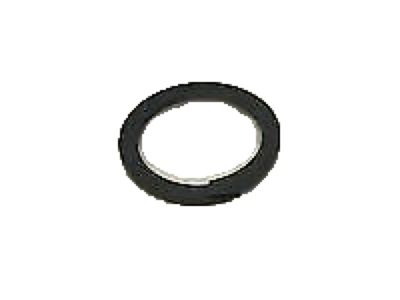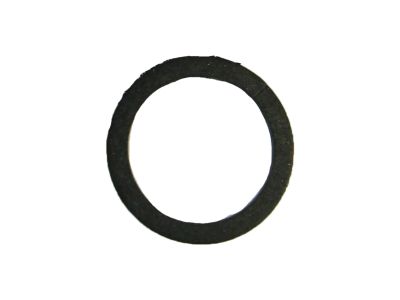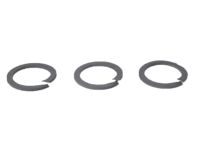×
- Hello
- Login or Register
- Quick Links
- Live Chat
- Track Order
- Parts Availability
- RMA
- Help Center
- Contact Us
- Shop for
- Nissan Parts
- Nissan Accessories

My Garage
My Account
Cart
Genuine Nissan Juke Camshaft Seal
Cam Seal- Select Vehicle by Model
- Select Vehicle by VIN
Select Vehicle by Model
orMake
Model
Year
Select Vehicle by VIN
For the most accurate results, select vehicle by your VIN (Vehicle Identification Number).
2 Camshaft Seals found

Nissan Juke Seal-Oil,Camshaft
Part Number: 13042-3HD0A$8.93 MSRP: $12.93You Save: $4.00 (31%)Ships in 1-2 Business Days
Nissan Juke Seal-Oil,Camshaft
Part Number: 13042-6N200$7.44 MSRP: $12.93You Save: $5.49 (43%)Ships in 1-2 Business Days
Nissan Juke Camshaft Seal
If you need any OEM Nissan Juke Camshaft Seal, feel free to choose them out of our huge selection of genuine Nissan Juke Camshaft Seal. All our parts are offered at unbeatable prices and are supported by the manufacturer's warranty. In addition, we offer quick shipping to have your parts delivered to your door step in a matter of days.
Nissan Juke Camshaft Seal Parts Questions & Experts Answers
- Q: How do you replace the timing belt end oil seal on Nissan Juke?A:Before the timing belt end oil seal can be replaced, the camshaft sprocket should be taken out. Measure the amount of interference for the old oil seal and then gently remove it with a small screwdriver and mind the camshaft's face so that it is not damaged. However, if necessary, drill two little holes with an angle in relation to each other and put self-tapping screws; for use, grips are put for removal. Check the flat sealing surface on the cam drive shaft; if this surface is grooved or rough use the new seal that is a little less deep so that it will run on an un-worn portion. A pinch bolt is used by Nissan technicians for this purpose and it includes a threaded rod that is inserted in a metal tube and held in place by a nut and a shoulder machined for the right fitting. If the Nissan tool is not available, one with similar characteristics can be made. Scrape the old dirt off the vicinity of the oil seal seating and install the new seal properly to fit in the area properly, with the right amount of insertion depth depending on the level of wear and tear in the camshaft. After fitting the tool in place, take out the tool and clean up the excess oil before reattaching the camshaft sprocket. For the flywheel end there is no directly accessible oil seal; gasketing is done between the cylinder head and the brake vacuum pump housing, this gasket can be replaced when the vacuum pump is unbolted from the crankcase.







